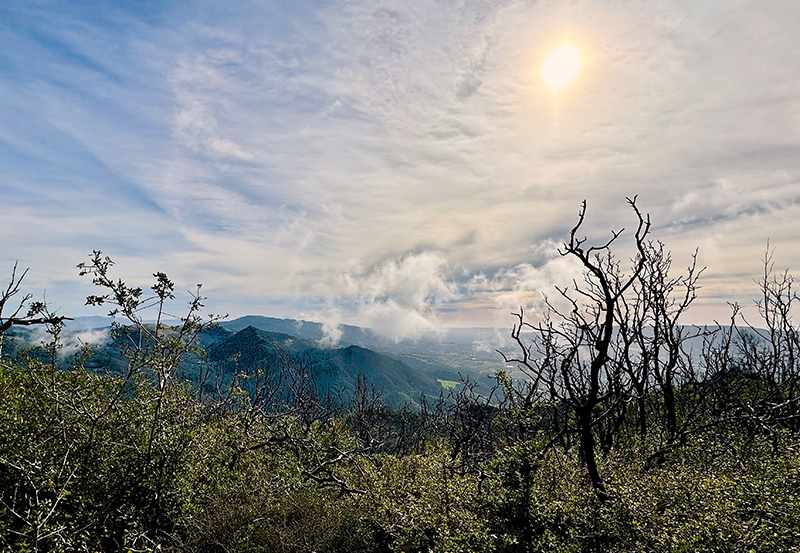
Photo: Atira Conservation
The Roadless Rule and What it Means for Land Conservation
By Nicole Adimey | Atira Conservation Founder
Some of our greatest and unique treasures in the United States are our national parks forests. Their  integrity is supported in-part by the “Roadless Rule,” an important conservation regulation that many people didn’t know existed until the administration announced plans in June to rescind it.
integrity is supported in-part by the “Roadless Rule,” an important conservation regulation that many people didn’t know existed until the administration announced plans in June to rescind it.
What exactly is this rule and why is it so important?
Enacted in 2001, the Roadless Area Conservation Rule — more commonly known as the Roadless Rule — was created during the Clinton administration. It designated forests across the country as “inventoried roadless areas,” prohibiting the building of new roads, road reconstruction, and timber harvesting within the National Forest System lands. The rule was intended to provide lasting protection on 58.5 million roadless acres of the 193 million acres managed by the U.S. Forest Service, spanning 39 states, ranging from Alaska to New Mexico, Oregon to Florida. This U.S. Forest Service regulation was created to preserve parts of our national forest network and ensure these places of significant ecological and recreational value remain open, accessible and relatively unchanged.
Roadless areas provide quality habitat and refuge for fish and wildlife, while also promoting clean water, biodiversity and ecological function. In many ways, Roadless areas are one of the greatest tools for defending against climate change while also delivering numerous recreational opportunities, according to Yale Environment 360.
Unfortunately, on June 23, Agriculture Secretary Brooke Rollins announced the Trump Administration’s decision to abolish the Roadless Rule — a move that many conservation groups, believe could have long-lasting and damaging impacts on American public lands.
Habitat connectivity is one of several factors we consider when evaluating land conservation projects. We are more likely to partner in a land purchase or conservation easement if a parcel is adjacent to other conservation lands or supports the connection of separate conservation areas,
Why? Because connected habitats allow animals to move freely across larger areas to find resources they need to survive, find necessary refuge and support reproduction. Connected habitats that interface with protected areas can have significant positive outcomes, such as limiting human disturbance, buffering impacts from climate change, fostering genetic diversity and supporting overall ecosystem function.
Roads change natural spaces, and this fragmentation has been proven to lead to alterations in animal and plant biodiversity, often resulting in cascading and deleterious effects. Roads can also increase landslides and leave silt and sediments running into critical natural water sources for many aquatic species that are extremely sensitive to such changes. The installation of culverts over streams also destroys fish habitat and limits access to critical reproduction areas for migrating fish populations; such actions can further reduce fish abundance, aquatic diversity, human food sources and recreational opportunities.
At Atira Conservation, our mission is to partner with land trusts, conservation groups and private landowners across the U.S. to help them protect natural spaces that matter, ensuring communities have lands for recreation and wildlife conservation. We remain committed to our mission and encourage you to support land conservation connections in your communities to help offset negative impact from broader policy changes that could lead to habitat losses and impacts on ecosystem biodiversity.

P.S. The U.S. Department of Agriculture published the official notice to repeal the Roadless Rule on Aug. 29. It is now open for public comment. If you’d like to make a statement on the proposed change, click this link. The deadline is to comment is Sept. 19, 2025.
Please join us in conserving lands that matter!
Support Atira Conservation
Together, we can safeguard the irreplaceable, provide permanent connections between communities and nature and protect the Earth that we call call home!
(Tax ID#: 87-2103234)
